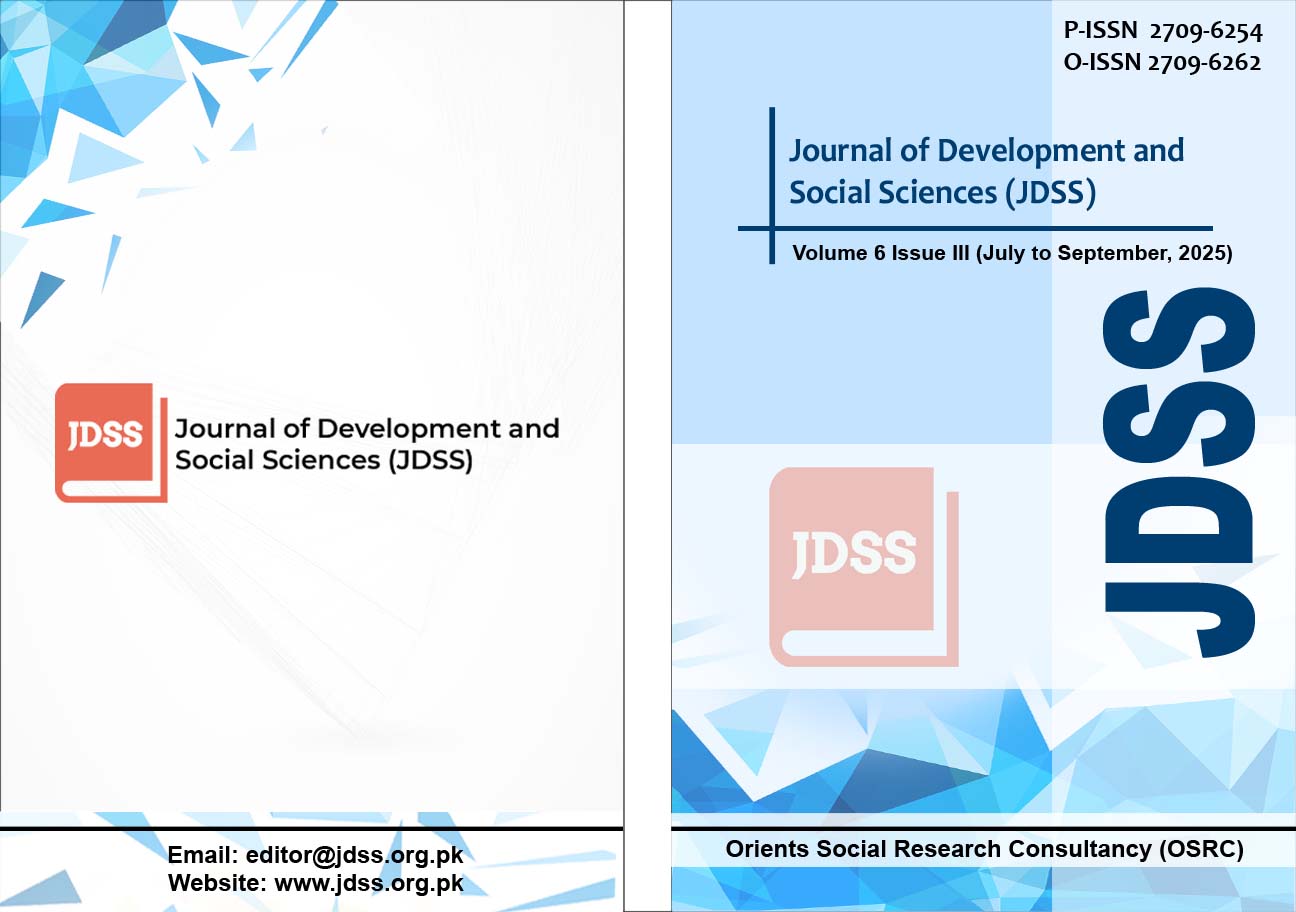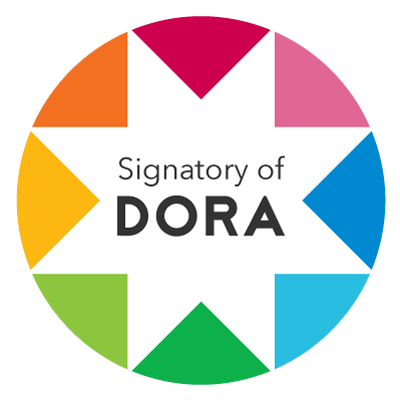Accessibility Requirements for External Environment, Internal Environment, Building Accessibility and Emergency Egress Specifically for PWDs
DOI:
https://doi.org/10.47205/jdss.2025(6-III)53Keywords:
Accessible Buildings, Accessibility Code of Pakistan 2006, PWDs. UNCRPDAbstract
The current study aims to determine if government organizations in two Baluchistan cities were constructed in accordance with the approved building accessibility code, 2006, given the dearth of research on building accessibility for persons with disabilities (PWDs). A significant percentage of the population is made up of people with impairments, which hinders their ability to move around and utilize their surroundings. Until these people are able to move around and use their surroundings, full participation and equality cannot be attained. The current study is objective and is based on positivism approach. Data for this quantitative study, data was gathered using physical observation chechlist from 53 government organizations. The data was collected between July 2024–March 2025. Data analysis was done using Excel software. People with disabilities (PWDs) can access only 31% of government organizations overall. Approximately two-thirds of public institutions are inaccessible to people with disabilities due to inadequate infrastructure and services. Funding for projects pertaining to accessibility should be increased by the federal and provincial governments. Additionally, teaching key institutions on universal design principles is crucial for successful implementation of accessibility code.
Downloads
Published
Details
-
Abstract Views: 154
PDF Downloads: 55
How to Cite
Issue
Section
License
Copyright (c) 2025 Journal of Development and Social Sciences

This work is licensed under a Creative Commons Attribution-NonCommercial 4.0 International License.

ORIENTS SOCIAL RESEARCH CONSULTANCY (OSRC) & Journal of Development and Social Sciences (JDSS) adheres to Creative Commons Attribution-Non Commercial 4.0 International License. The authors submitting and publishing in JDSS agree to the copyright policy under creative common license 4.0 (Attribution-Non Commercial 4.0 International license). Under this license, the authors published in JDSS retain the copyright including publishing rights of their scholarly work and agree to let others remix, tweak, and build upon their work non-commercially. All other authors using the content of JDSS are required to cite author(s) and publisher in their work. Therefore, ORIENTS SOCIAL RESEARCH CONSULTANCY (OSRC) & Journal of Development and Social Sciences (JDSS) follow an Open Access Policy for copyright and licensing.







